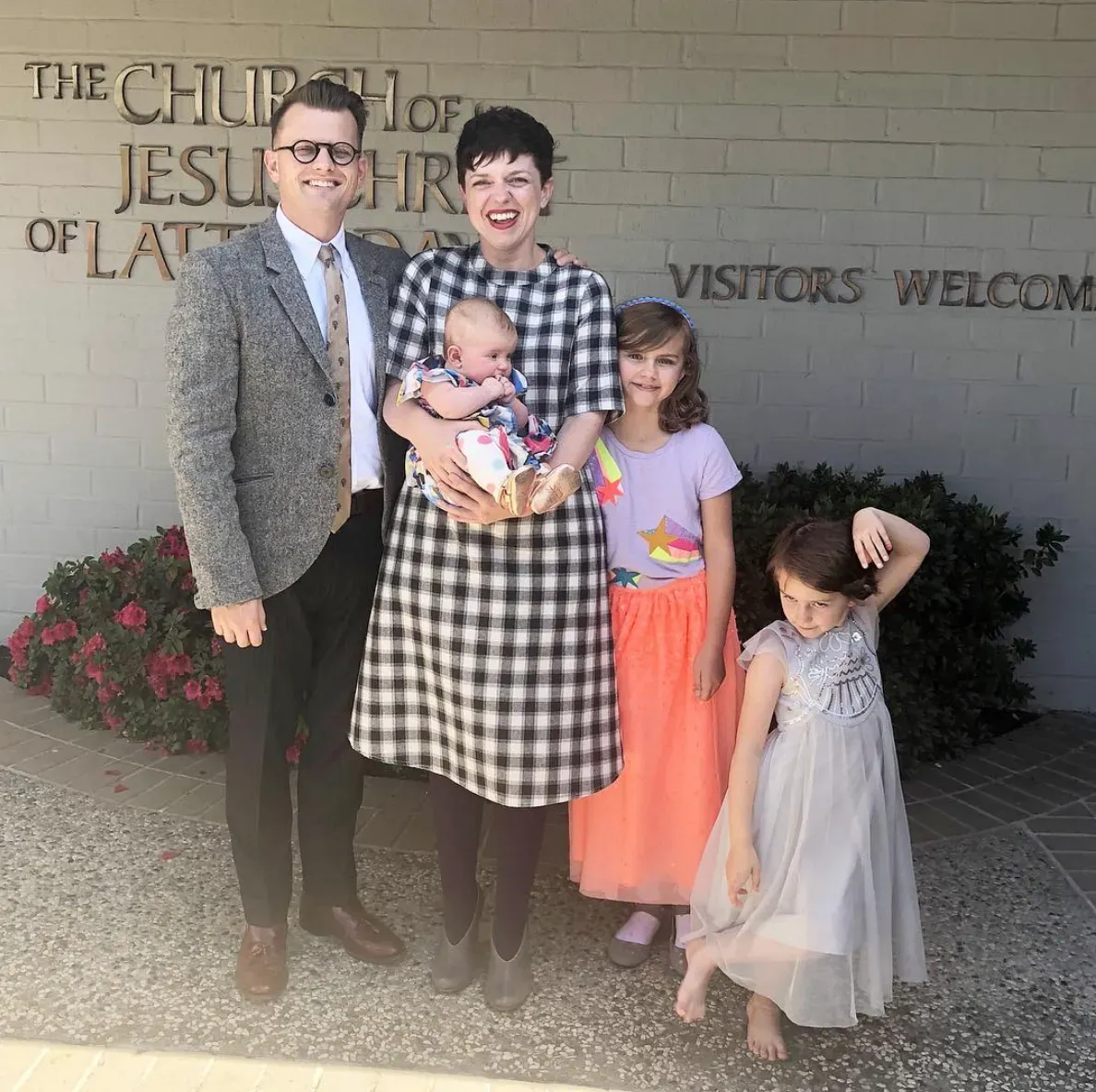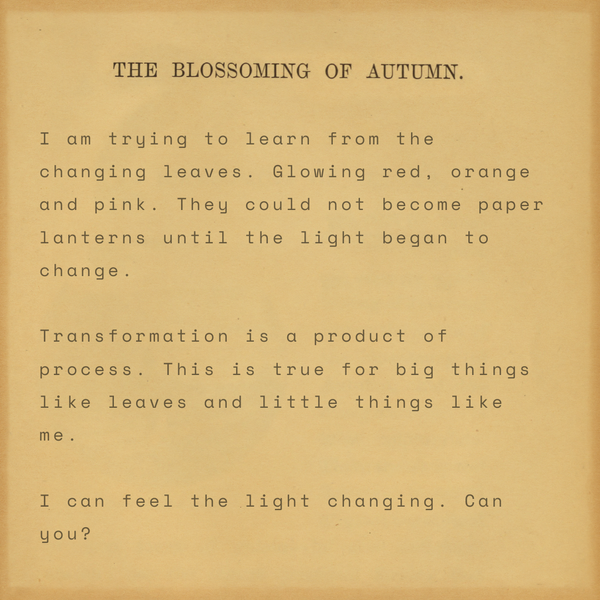Murder Among Mormon Men
The Hofmann story was male-driven, but the violence it resulted in was evenly distributed.

Murder Among the Mormons is a new documentary about the crimes of Mark Hofmann. Mark Hofmann is considered the best known American forger. His known forgeries include a poem in Emily Dickinson’s hand and signatures by George Washington, Francis Scott Key and Mark Twain. He was also a murderer. In 1985, he killed two people in an effort to hide his fraud. In addition to the forgery and the murdering, Hofmann was a member of the Church of Jesus Christ of Latter-day Saints.
Sometimes people are surprised Hofmann was Mormon. I’m not. I’m a member of the Church of Jesus Christ of Latter-day Saints too. And a Latter-day Saint forging rare documents makes some weird sense. Members of the faith are taught to highly value historical records. We are encouraged to keep journals, they are documents that will provide a historical witness for the generations that follow us. And we are told our religion was founded with the discovery of an ancient document, The Book of Mormon.
This is what we are told about The Book of Mormon:
It is a record of ancient prophets who lived in the Americas. We consider the book sacred scripture. Latter-day Saints believe the text of the book was inscribed on gold plates thousands of years go. It was buried by an ancient prophet to be discovered in the latter-days. In 1823, seventeen year old Joseph Smith was led by an angel to the place where the plates were buried. In 1827, he began to translate them from reformed Egyptian into English. When the translation was finished, Joseph Smith said he returned the plates to the angel. Before their return, the plates were shown to a group of men the Church calls the Witnesses of the Book of Mormon. No woman officially witnessed the plates.
This founding heritage of found documents helps make sense of Mark Hofmann’s ready acceptance by leaders of the Church of Jesus Christ of Latter-day Saints. There was little skepticism when Hofmann said he found the Anthon Transcript, a lost page of notes transcribed from the plates by Joseph Smith. It was no great departure from our tradition for a young, inexperienced man like Mark Hofmann to find vital historical records. Young men are supposed to move the work of God forward with all kinds of revelation. He was just living up to his history.
The Anthon Transcript contained characters from reformed Egyptian, the language used in the gold plates. There is no proof this language ever existed. In the years since it was lost, many Latter-day Saints hoped to find the transcript. If the Anthon Transcript was recovered, the characters could be deciphered and the reality of the language could be demonstrated. The historicity of the Book of Mormon could then be, if not proved, then at least made more probable. Latter-day Saint leaders were thrilled with Hofmann’s discovery. The Church of Jesus Christ of Latter-day Saints purchased it from him for $20,000 in 1980.
The Anthon Transcript is Hofmann’s first known forgery. His most famous forgery, The Salamander Letter, is also grounded in Latter-day Saint history. The letter appeared to be written by Martin Harris, one of the Witnesses of the Book of Mormon. Joseph Smith said he was led to the plates by an angel. The Salamander Letter claimed that wasn’t true. It said Joseph Smith followed a white salamander to the plates. The letter was an explosive new entry into the Church’s history. It centered Smith’s experience in magic rather than a Christian-friendly angelic visitation. The letter was authenticated. It was then acquired and archived by the Church of Jesus Christ of Latter-day Saints.
Much like Latter-day Saint history, the 1980s Latter-day Saint rare document scene was heavily male. Documents were discovered by men, authenticated by men, valued by men, and purchased by men. Men decided which record to lock away and which to display. Men witnessing men. Murder Among the Mormons is full of these men, the finders and the keepers. The only time a woman shows up in Hofmann’s story is as a useful wife or victim. Sometimes like Mark Hofmann’s wife, Dorie, she was both.
Dorie divorced Mark Hofmann after he was convicted for his crimes. While they were married, she didn’t know her husband was a forger and murderer. He had an office he kept locked. Dorie wasn’t supposed to go in there. In the documentary, she says she didn’t think that was very odd. It was just one room of the house that she didn’t have to clean. She’d vacuum the hall in front of the door. This strikes some viewers as unbelievable in 2021. I understand why Dorie didn’t question it. Latter-day Saint women have always been kept out of important rooms.
We cannot occupy church offices that require the priesthood. Nearly every leadership position requires the priesthood. Even the clerk who handles a local congregation’s finances must have the priesthood. Most ecclesiastical and administrative offices are locked against our use, literally and figuratively. If a woman is ever in any of these spaces, it is only with permission from a man. Our tradition supports our place in the halls of our own faith. It is not shocking that a Latter-day Saint woman would feel like she also belonged in the halls of her own home.
The Hofmann story was male-driven, but the violence it resulted in was evenly distributed. Mark Hofmann used homemade bombs to murder a man and a woman. Their children lost parents to Hofmann’s brutality. The Church lost money to Hofmann’s forgeries. It also lost trust. Leadership at the highest levels of the Church claim gifts of revelation and prophecy. Why didn’t know they were dealing with a fraud? In the documentary, former Church Historian Richard Turley provides an explanation. He says,
“The universal detection of crimes and sins would revoke the agency God has given each of his children to make their own decisions.”
Latter-day Saint leaders can’t know everything because they are mortal and mortals make mistakes. Fair enough. I expect my leaders to be inspired, I do not expect them to be omniscient. But I’d like to suggest an additional reason for the oversight. Latter-day Saint men didn’t know they were dealing with a fraud because Latter-day Saint women were in the halls.
How much of the Hofmann story would be different if doors had always been open to Latter-day Saint women? Women are not more discerning than men. But a broader historical record including women in every church office would better protect the church from modern misinformation. Certainly a greater number of perspectives throughout our history could give context that shielded against conspiracy. If including women in our past could do that for our present, what could including them now do for our future?
A woman in the room might have asked the right question about Hofmann’s work. During the final episode of the documentary, a woman in a courtroom questions Hofmann about his crimes. She witnesses his words and helps to record his deeds. I found myself leaning forward while she pressed Hofmann for details. It was the most I’d heard a woman speak since the show began. One of her first questions was, “Do you feel proud of yourself at the moment?” It was the right question. She was able to ask it because she was in the room.
When we keep women from fully witnessing in our faith, we give too many men an excuse to keep women from fully witnessing in their own lives. What if Latter-day Saint women always knew that every room in the house and the church building was theirs too? Maybe Dorie would have pushed her vacuum into Hofmann’s office. Perhaps she would have witnessed her husband’s intent to harm. It’s possible two lives could have been saved.
Stories will be incomplete as long as our records lack women. The right question will often go unasked because a woman was not in the room to ask it. Impending harm will be missed because a door was shut tight. The presence of women cannot fix everything. Of course, not every story will be whole, not every question will be asked, not every harm prevented. The witness of women isn’t magic. It’s just more effective than an absence of the witness of women.
Richard Turley was right. No man or woman will ever know everything. Church leaders and lay members will continue to trust the wrong people. They will sometimes make the wrong decisions. Sometimes those decisions will be malicious, mostly they will not. Often, they will simply not know what to do. It is this universal unknowingness that makes it so harmful to keep women in the halls. We need women in the room because we need each other to see just a little more, a little better. Even with women in rooms with open doors, we will miss so much.
While church offices remain exclusively male, the harm of unknowingness is evenly distributed. Our brothers and sisters are hurting while Latter-day Saint women pace in the hall.




